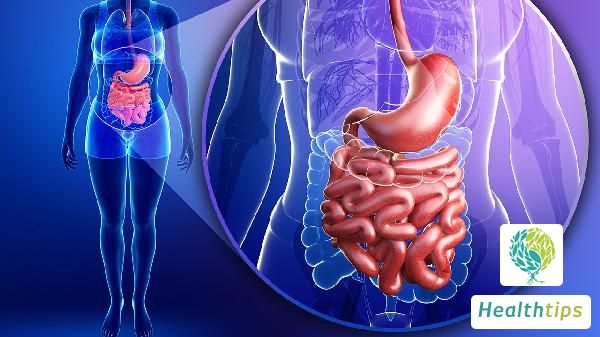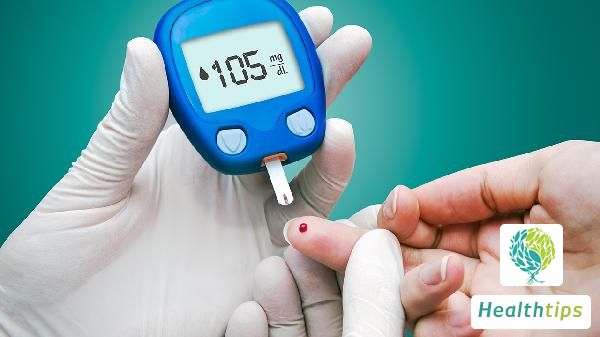What are the Common Symptoms of Tumors?
Tumor Diseases: Understanding the Symptoms and Manifestations
Tumor diseases are increasingly becoming a focal point of public concern. The symptoms vary among different types of tumors. What are the common symptoms associated with tumors? The clinical presentation of tumors depends on their nature, tissue type, location, and degree of development. Generally, there are no overt symptoms in the early stages, but organs or tissues with specific functions may exhibit notable signs.

I. Local Manifestations
1. Lumps: For tumors located on the body surface or in superficial tissues, the presence of a lump is often the first symptom.
2. Pain: Expansion, rupture, or infection of the tumor can irritate or compress surrounding nerves, leading to local tingling, throbbing, burning, dull, or radiating pain, which is often unbearable, especially at night (rest pain). Tumors in hollow organs can cause spasms and colic, such as intestinal obstruction causing abdominal pain.
3. Ulcers: Rapid growth of tumors on the body surface or in the gastrointestinal tract can lead to secondary necrosis due to inadequate blood supply or ulcers caused by secondary infections.
4. Bleeding: Rupture of tumors on or intersecting with the body surface, as well as ruptured blood vessels, can cause bleeding in various forms, including gastrointestinal bleeding, hematuria, and hemoptysis.
5. Obstruction: Tumors can obstruct hollow organs, manifesting as symptoms specific to the affected area.
6. Infiltration and Metastasis: After metastasis, corresponding symptoms appear at the metastatic sites, such as regional lymph node enlargement, venous return obstruction leading to limb edema or varicose veins, bone pain or induration, and even pathological fractures. Lung, liver, and stomach cancers can cause malignant or bloody pleural effusion and ascites.
II. Systemic Symptoms
Benign and early-stage malignant tumors typically do not exhibit significant systemic symptoms or only present with non-specific symptoms like anemia, low-grade fever, weight loss, and fatigue. However, if the tumor affects nutrition intake (e.g., through digestive tract obstruction) or is complicated by infection or bleeding, marked systemic symptoms may appear. Cachexia, a wasting syndrome, is often indicative of late-stage malignancy.
III. System-Specific Symptoms
1. Respiratory System: Manifestations include hoarseness, cough, hemoptysis, asthma, chest pain, and pulmonary hypertrophic osteoarthropathy.
2. Digestive System: Symptoms may include vomiting, diarrhea, constipation, anorexia, thirst, hematemesis, melena, and abdominal pain.
3. Urogenital System: Commonly observed symptoms include dysuria, hematuria, vaginal bleeding, galactorrhea, gynecomastia, and edema.
4. Skin and Limbs: Manifestations may include excessive sweating, jaundice, acanthosis nigricans, clubbing of fingers and toes.
5. Effusions: Present as pleural effusion, ascites, and pericardial effusion.
6. Swellings: Including lymphadenopathy, breast swelling, abdominal swelling, and limb swelling.
7. Others: Symptoms such as cancer pain, headache, fever, superior vena cava syndrome, and anemia may also occur.



















